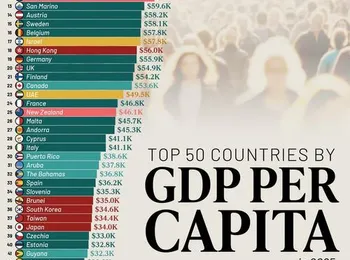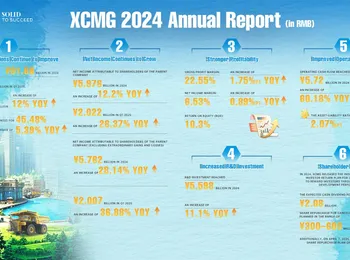## Oil and Gold Clash Amid Iran War Fears: US Dollar Climbs Recent developments surrounding the escalating tensions between Iran and Israel are creating significant uncertainty in global markets, as evidenced by conflicting signals from oil prices and gold, alongside a strengthening US dollar. President Donald Trump is currently engaged in a crucial meeting with his national security team within the White House Situation Room, focusing on the ongoing crisis. This meeting underscores the seriousness with which the administration is approaching the situation, as two sources familiar with the matter revealed to Axios that Trump's decision to prematurely depart from the G7 summit, citing a reluctance to facilitate a ceasefire in Iran, has fueled market anxieties regarding a potential US military intervention. The move itself, coupled with observable indicators, is contributing to a palpable sense of apprehension among investors.
Specifically, the market is concerned that Trump's stance – a refusal to support a ceasefire – will translate into immediate action, potentially involving airstrikes. This concern is amplified by the strategic deployment of a US aircraft carrier to the Middle East, a move widely interpreted as a demonstration of American resolve and a readiness to escalate the conflict. The strategic positioning of this naval asset highlights the potential for a rapid response, further intensifying the speculative environment. The implications of this deployment are significant, suggesting a willingness to engage directly in the region's turmoil. The escalating tensions have triggered a heightened sense of urgency among financial institutions and investors alike, prompting a reassessment of risk tolerance and a scramble for safe-haven assets. The potential for a protracted conflict adds considerable complexity to forecasting market movements and underscores the importance of adaptability in investment strategies.
Despite these anxieties, the commodity markets are presenting a contradictory narrative. Oil prices are experiencing a notable surge today, increasing by nearly $2 per barrel. This rise is largely attributed to heightened fears of war and potential disruptions to global oil supplies, a common reaction when geopolitical instability threatens key energy routes. The uncertainty surrounding supply chains and the potential for sanctions to disrupt production are major drivers of this upward movement. Furthermore, the dynamics of OPEC+ production levels are being closely monitored, with any reduction in output further exacerbating concerns about supply. This volatility creates a challenging environment for energy companies and investors alike, demanding careful risk management and a proactive approach to hedging strategies. The market is keenly observing the reactions of major oil-producing nations to determine the long-term impact on global energy prices.
However, this upward trend is sharply contrasted by the performance of gold, which has plummeted by $9 and reached a session low. This decline suggests that investors are seeking refuge in a traditional safe-haven asset, anticipating further market volatility and uncertainty stemming from the conflict. Gold's inherent properties as a store of value during times of crisis are driving demand, as investors seek to protect their capital against potential losses. The precious metal's role as a hedge against inflation is also being considered, with concerns about rising prices potentially fueling further investment. The overall sentiment reflects a widespread belief that the conflict will continue to destabilize the global economy, justifying a shift towards assets perceived as more secure.
Furthermore, the foreign exchange market is reflecting a ‘flight to safety’ sentiment. The US dollar has been steadily climbing, indicating that investors are prioritizing the relative stability of the US currency over other assets. This trend is often observed during periods of heightened geopolitical risk, as investors seek refuge in a perceived secure investment. The dollar's status as the world’s reserve currency provides a significant advantage during times of uncertainty. The strengthening dollar also impacts international trade, potentially creating headwinds for countries reliant on dollar-denominated transactions. While the bond market hasn't exhibited substantial movement today, it’s likely responding to the underlying concerns and providing a potential avenue for investors to diversify their portfolios. The lack of significant bond market activity suggests a wait-and-see approach, with investors awaiting further clarity on the situation.
Ultimately, the current market landscape presents a complex and challenging environment for investors. The confluence of factors – the US military deployment, the conflicting signals from oil and gold, and the dollar’s ascent – makes it exceptionally difficult to interpret market trends. Experts are advising a cautious approach, emphasizing the importance of closely monitoring breaking news and being prepared to react swiftly to any developments. The situation remains highly fluid, and decisive action, based on timely information, is crucial for navigating the current uncertainties. Staying informed and maintaining a flexible strategy are key to mitigating potential losses and capitalizing on emerging opportunities within this volatile market. The ongoing tensions demand constant vigilance and a proactive approach to investment decisions.
























